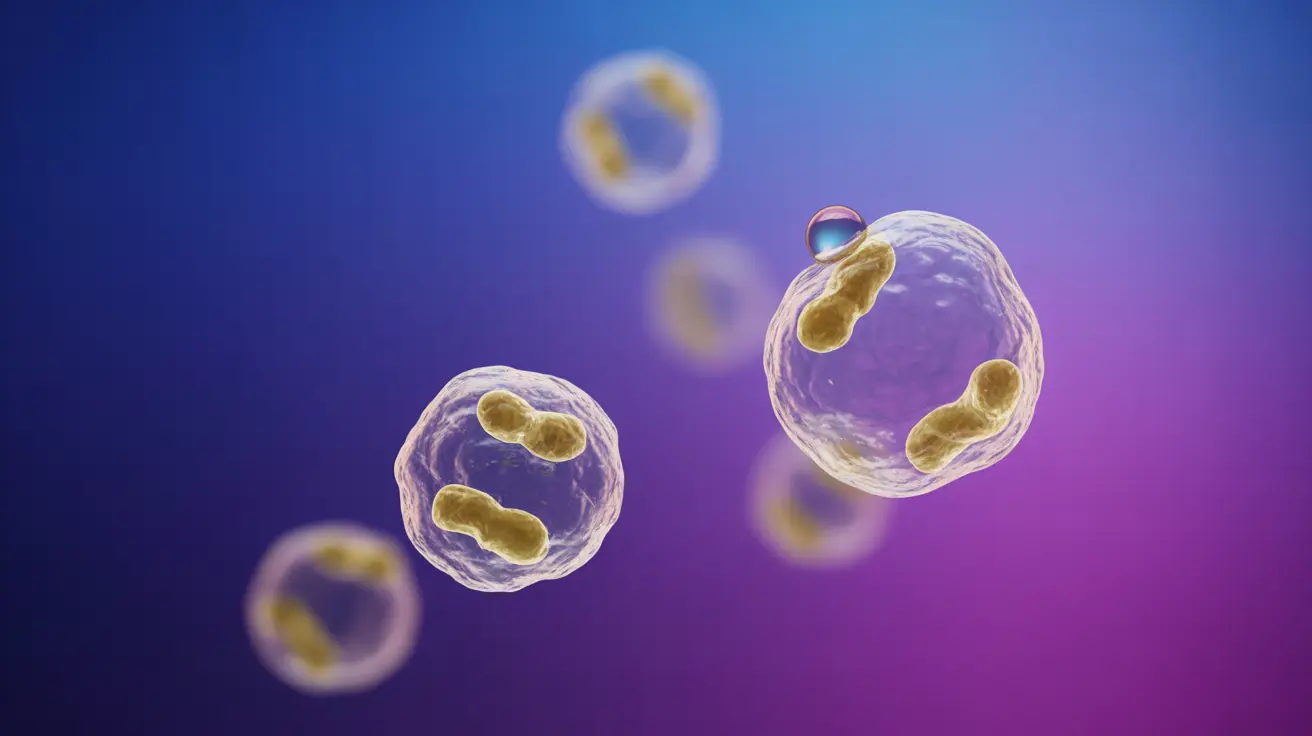Candida auris is an emerging fungal pathogen that has gained significant attention in healthcare settings due to its potential severity and resistance to common antifungal medications. Understanding its symptoms, diagnosis, and treatment options is crucial for both healthcare providers and patients to ensure proper identification and management of this concerning infection.
This comprehensive guide will explore the various symptoms of Candida auris, how it's diagnosed, and current treatment approaches, with a particular focus on prevention and control measures in healthcare settings.
Understanding Candida Auris Infections
Candida auris is a type of yeast that can cause serious infections throughout the body. Unlike other Candida species, C. auris has shown remarkable ability to spread in healthcare settings and resist traditional antifungal treatments, making it a significant public health concern.
Common Symptoms by Infection Site
Bloodstream Infections
When C. auris enters the bloodstream, patients may experience:
- Fever and chills
- Low blood pressure
- Rapid heart rate
- Fatigue and weakness
- Confusion or altered mental state
Wound Infections
When present in wounds, symptoms typically include:
- Redness around the wound site
- Increased pain
- Delayed healing
- Unusual discharge
- Warmth around the affected area
Other Infection Sites
C. auris can also affect other parts of the body, causing:
- Ear infections with drainage and pain
- Urinary tract infections with burning sensation
- Respiratory symptoms in cases of lung infection
Diagnosis and Detection
Identifying C. auris requires specialized laboratory testing, as it can be easily misidentified using standard diagnostic methods. Healthcare providers typically collect samples from the infection site, blood, or other bodily fluids for accurate identification.
Diagnostic Challenges
Several factors make C. auris diagnosis complex:
- Special laboratory equipment requirements
- Similar appearance to other Candida species
- Need for specific culture media
- Time-intensive identification process
Treatment Approaches
Treatment for C. auris infections typically involves:
- Advanced antifungal medications
- Careful monitoring of drug resistance
- Removal of infected medical devices when present
- Supportive care to manage symptoms
Managing Drug-Resistant Strains
For drug-resistant cases, healthcare providers may need to:
- Use combination therapy approaches
- Employ newer antifungal medications
- Monitor treatment response closely
- Adjust treatment plans based on susceptibility testing
Prevention and Control
Preventing C. auris spread requires strict adherence to infection control measures:
- Regular hand hygiene
- Proper use of personal protective equipment
- Environmental cleaning with appropriate disinfectants
- Patient screening in high-risk settings
- Contact precautions for infected or colonized patients
Frequently Asked Questions
What are the common symptoms of Candida auris infection and how do they vary by infection site?
Symptoms vary depending on the infection site. Bloodstream infections typically cause fever, chills, and low blood pressure. Wound infections present with redness, pain, and delayed healing. Other sites may show specific symptoms like ear pain in ear infections or respiratory symptoms in lung infections.
How is Candida auris infection diagnosed and how can it be distinguished from other infections?
C. auris requires specialized laboratory testing for accurate diagnosis. Healthcare providers collect appropriate samples and use specific culture media and advanced diagnostic equipment to distinguish it from other Candida species. Standard laboratory methods may misidentify the infection, making specialized testing crucial.
What are the current treatment options for Candida auris, especially for drug-resistant strains?
Treatment typically involves advanced antifungal medications, with options adjusted based on susceptibility testing. For drug-resistant strains, combination therapy approaches may be necessary, along with careful monitoring and supportive care. Treatment plans are often individualized based on infection severity and resistance patterns.
Can someone be colonized with Candida auris without symptoms, and does colonization require treatment?
Yes, individuals can be colonized with C. auris without showing symptoms. While colonization itself typically doesn't require treatment, these individuals should be monitored and appropriate infection control measures should be implemented to prevent spread to others, especially in healthcare settings.
How can Candida auris infection be prevented from spreading in healthcare settings?
Prevention involves comprehensive infection control measures including proper hand hygiene, use of personal protective equipment, thorough environmental cleaning with appropriate disinfectants, patient screening in high-risk areas, and implementation of contact precautions for infected or colonized patients.




